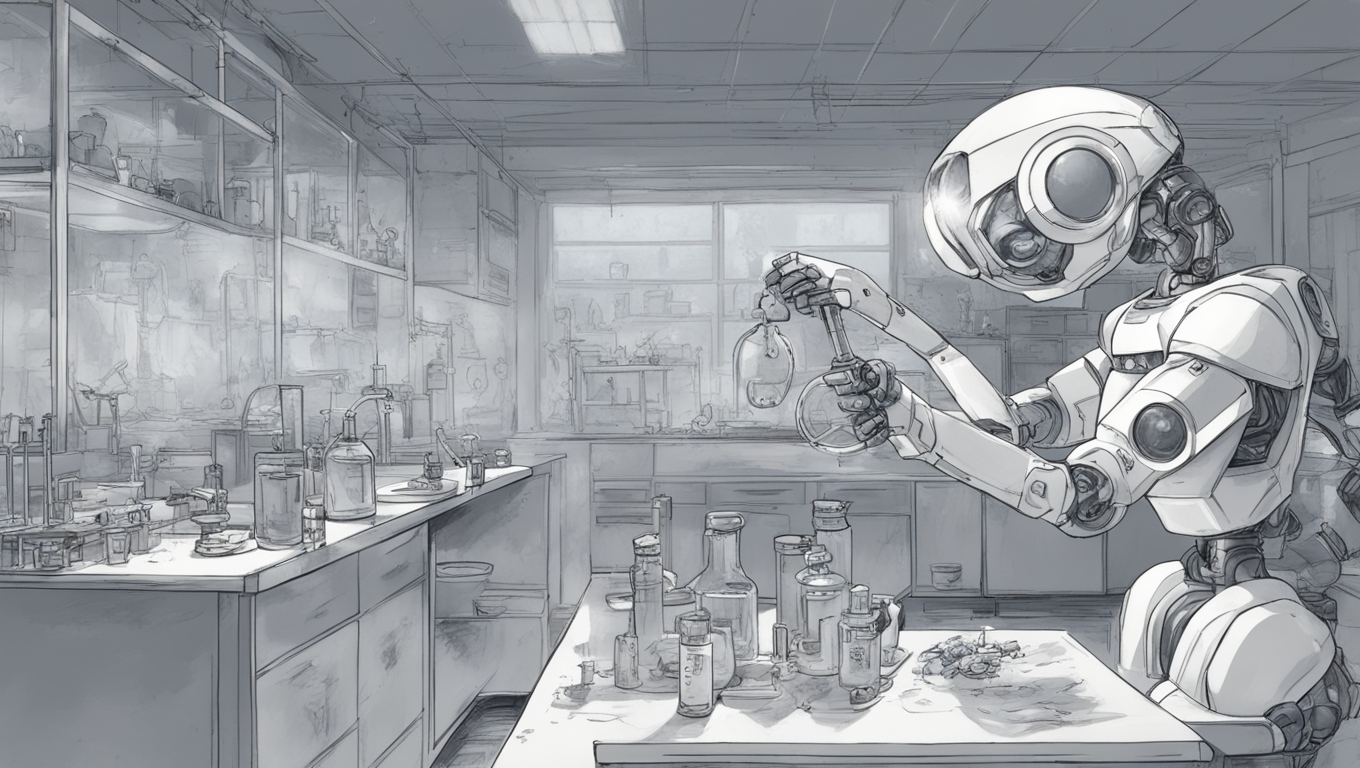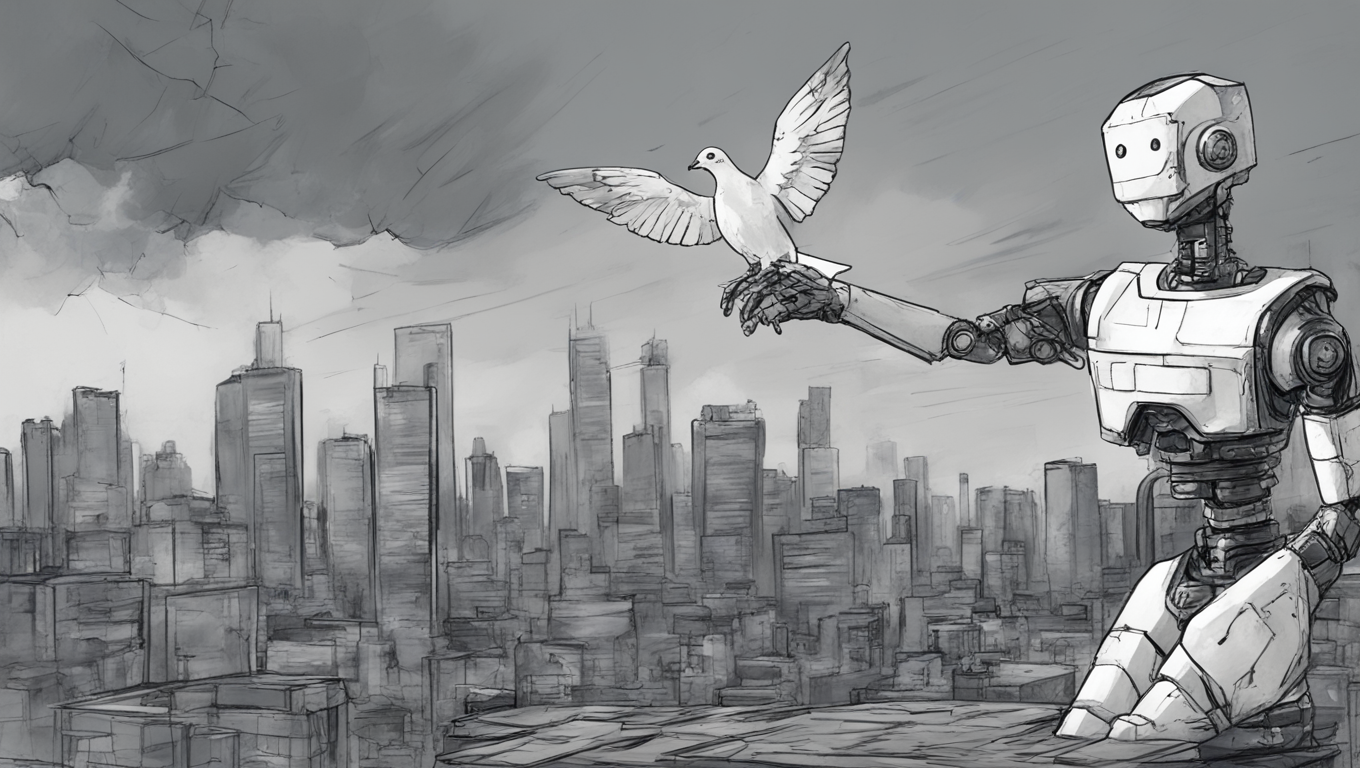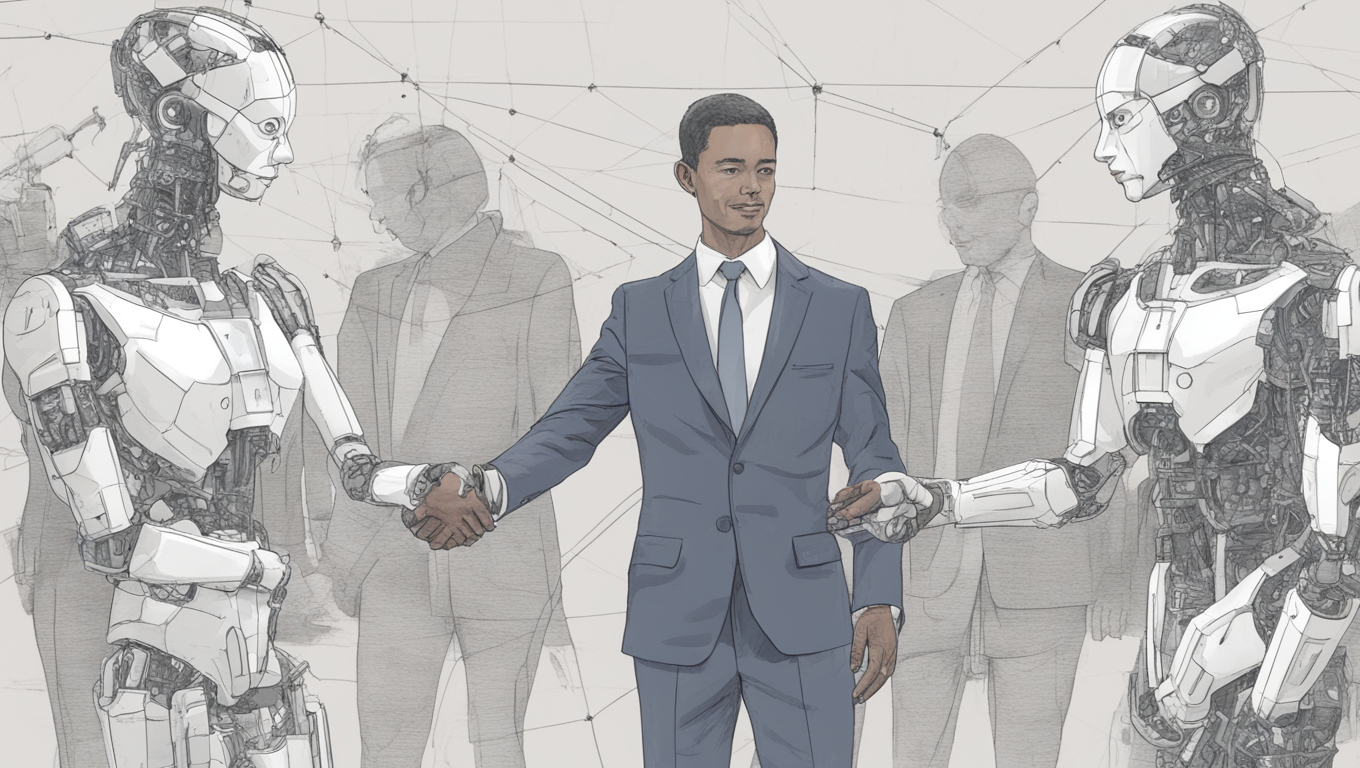In the bustling metropolis of Hong Kong, beneath the daily hum of life, an invisible threat looms – the rise of superbugs. Two particularly concerning microorganisms, vancomycin-resistant enterococci (VRE) and Candida auris, have silently escalated their presence amongst the population. Dr. Raymond Lai Wai-man, the stalwart chief infection control officer of the Hospital Authority, reveals a troubling uptick in the first three quarters of 2023. Hauntingly, he recounts how the diversion of resources to combat COVID-19 has paved the way for these superbugs to spread with less resistance.
“We used many isolation wards for Covid-19 patients, which means there were fewer wards for those infected with MDROs,” Dr. Lai declares, the weight of concern evident in his tone. The frontline workers, deeply immersed in the war against the pandemic, faced an impossible trade-off. Hospitals, once fortresses against bacterial breaches, had to repurpose their defenses, leaving the gates open for these insidious invaders.
It’s not merely a local skirmish but a warning of what could become a global siege. The emergence of drug-resistant organisms is a clarion call, echoing through hallways and across oceans. Methicillin-resistant Staphylococcus aureus (MRSA), once a rare fiend, now boasts a resistance rate of 44.7 percent among patient samples – a sobering statistic that underscores the severity of antimicrobial resistance.
The counterattack to this burgeoning crisis is a fusion of medicine and machine intelligence. A newly announced pilot scheme at the Prince of Wales Hospital in Sha Tin and Princess Margaret Hospital in Kwai Chung aims to harness the power of artificial intelligence. This digital ally is set to scrutinize clinical data, deploying algorithms that could prune overuse of antibiotics, a known factor in the rise of superbugs.
“We rely on pharmacists to look at what kind of bacteria the patients are infected with,” Dr. Lai explains, but with a touch of optimism, he speaks of a future where AI swiftly swoops in to aid decision-making, potentially saving precious time — and lives.
And what of the human element, the crucial behaviors that can influence the tide of this health crusade? Dr. Lai has words of advice rooted in simplicity yet profound in potential impact: maintain personal hygiene, adhere to antibiotic courses as prescribed, and guard against complacency in the comforts of daily life.
As this saga unfolds, with AI set to join the fray in January of next year, the narrative of humanity’s fight against microbial adversaries takes a compelling turn. The battle lines are drawn within the corridors of medical institutions, laid out in lines of code, and etched in the habits of individuals.
In an age where the specter of infection is ever-present, the storytelling of science and strategy converges. It’s a tale that we, the global audience, must not only observe but participate in, for the stakes touch every surface, every hand, and every life.





Use the share button below if you liked it.